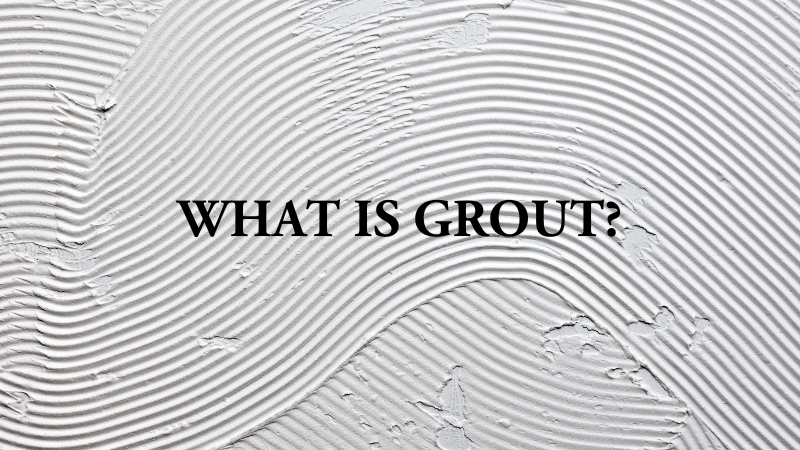What is grout? Now, this is an interesting question. The most intriguing aspect of the question is the sheer number of different impressions we have heard homeowners offer when trying to describe it. For example;
- “the dirty stuff on the shower wall”
- “the material coming up from our tile floors”
- “what we have to scrub all the time”
- “the cement between the tiles”
- “gritty stuff on the floors”
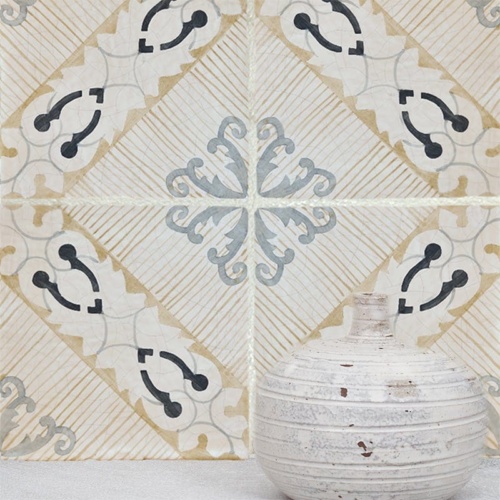
What is Grout?
Well, we guess you get the idea. Now let’s talk about what grout is and rest assured that it is your friend. The Ceramic Tile Institute of America says that colored grout, what you are most likely to encounter, is “commercially prepared grout consisting of a carefully graded aggregate, Portland cement, water dispersing agents, plasticizers and colorfast pigments”. So, for the layman, what is important in that definition is the combination of cement, water, and colorant.
Grout is an important part of the tile-laying process. Choosing the right grout can make a big difference in the final result, appearance, and long-term performance of your installation.

We’ve mentioned that it is important to choose the right type of grout to complete your tile project. The grout job is one of the crucial parts of the tile-laying process. Choosing the right one can make a big difference in the final result of your installation. It affects how it looks and how well it performs over time.
In this blog post you’ll understand what is grout, what are the basic types of grouts, why we use them, and the grout color combinations. But first, let us explain the most known types of grouts with a simple chart:
| Grout Type | Description | Advantages | Disadvantages |
| Sanded Grout | Sanded grout is a mixture of cement, sand, and pigments. It’s recommended for tile gaps wider than 1/8 inch (3mm). | Strong and durable – Resists cracking – Ideal for wider gaps | May scratch delicate tiles – Challenging to use with narrow gaps |
| Unsanded Grout | Unsanded grout consists of cement and pigments, without sand. It’s suitable for narrow gaps and is often used with delicate tiles. | Smooth and easy to work with – Won’t scratch delicate tiles | Less strong than sanded grout – Prone to cracking in wider gaps |
| Epoxy Grout | Epoxy grout is made of epoxy resins and hardeners. It’s highly resistant to stains, water, and chemicals. | Stain-resistant – Waterproof – Durable – Long-lasting | More expensive – Difficult to work with – Can discolor over time |
| Quartz Grout | Quartz grout is a mix of quartz sand and cement. It offers a balance between sanded and unsanded grout. | Durable – Consistent color – Suitable for various gaps | Slightly less strong than sanded grout |
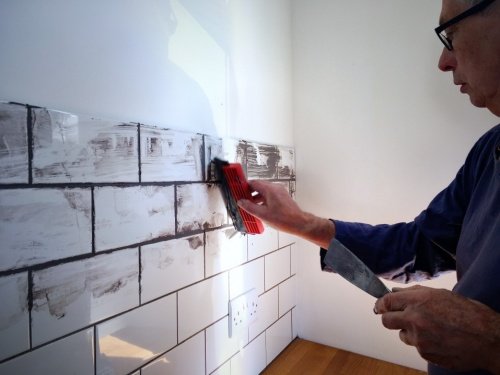
What are the basic types of grouts?
What is Epoxy Grout?
The most durable option is epoxy grout because it is resistant to water damage and stains. They make a great choice for use in high-traffic areas, as well as in kitchen tile and bathroom installations and other places where food and moisture will be present.
It’s crucial to keep in mind that, unlike with other grouts, you will only have a finite amount of time to finish grouting your tiles before it sets and becomes too difficult to work with. This is because of the chemical reaction that results from mixing the base and activator.
Epoxy grouts will be found in more challenging installations such as when acids or oils are anticipated. We advise hiring a professional contractor who has more experience working with this material if you are still new to this.
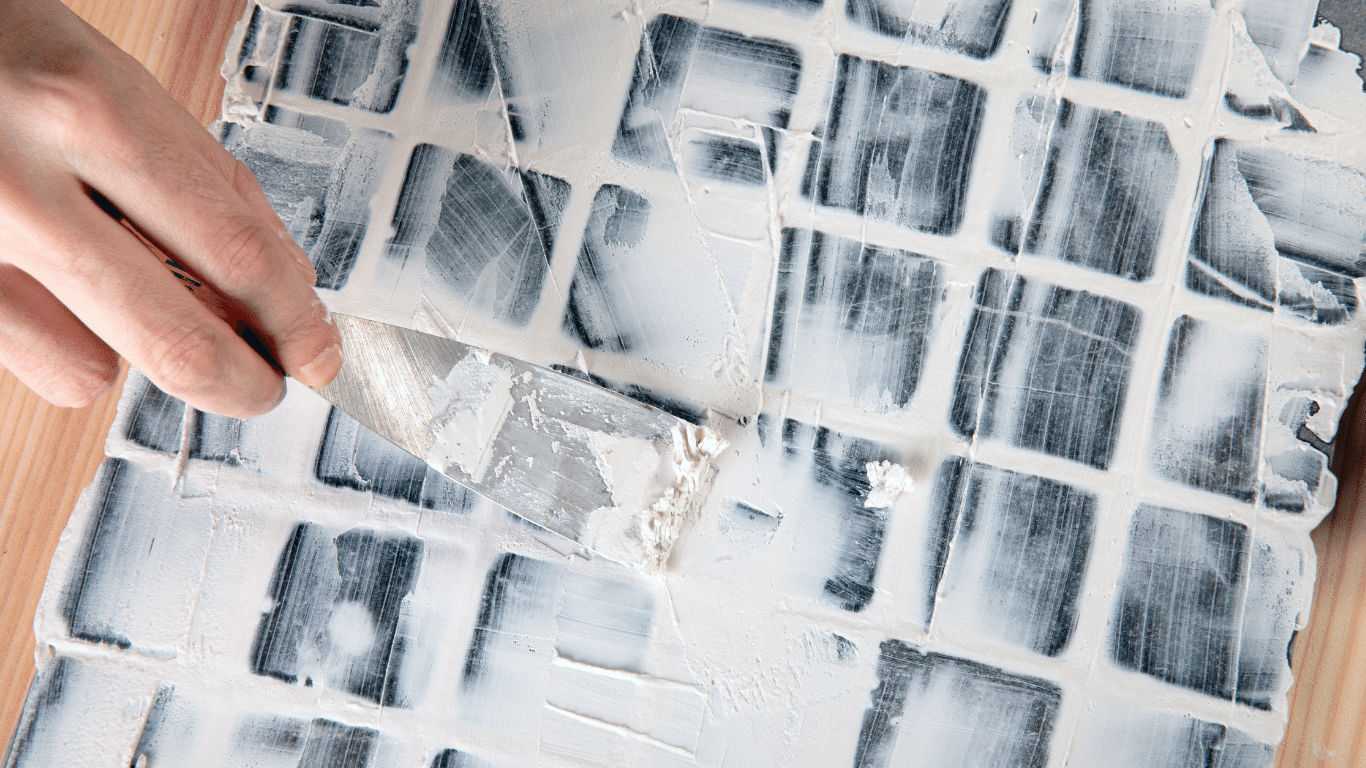
What is Unsanded Grout?
Because unsanded grout doesn’t contain sand or aggregate, it is much more adhesive. Unsanded grout is most frequently used on walls with joints that are 1/8″ of an inch or smaller because it will dwindle as it cures.
In contrast to sanded grout, which is challenging to apply in these small areas due to its consistency being quite thick, this will enable you to fill the lines between your tiles more precisely and easily.
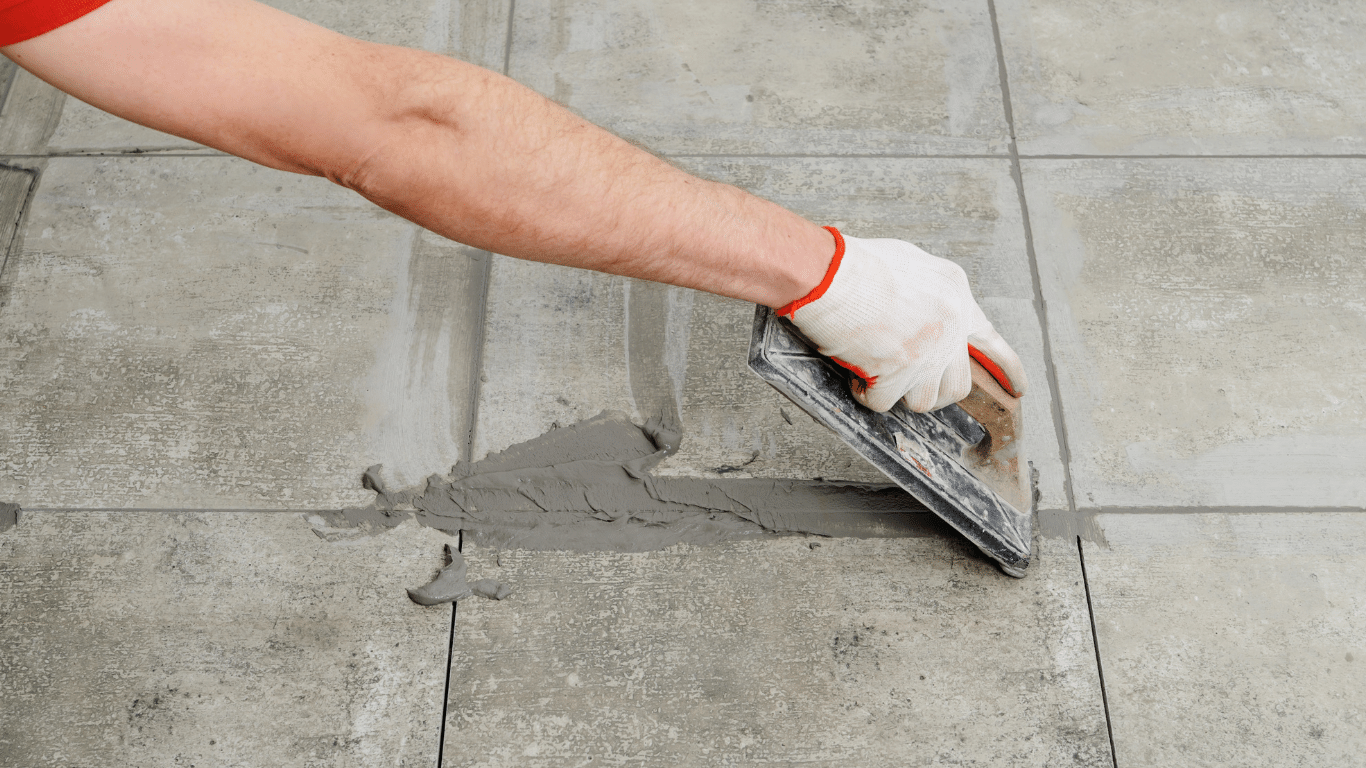
What is Sanded Grout?
Sand material is added to cement-based sanded grout to help it bond. In contrast to unsanded grout, which can pull tiles away, this helps create a bond that is very strong and more resistant to shrinking and cracking.
The sand settles into place as the mixture stiffens and dries. For most floor tile installations, sanded grout is the best option. You can use it for larger tile joints and can withstand higher foot traffic.
The joint, as referenced above, is the space between the tiles or stones. Please keep in mind these are only the basic types of grout.
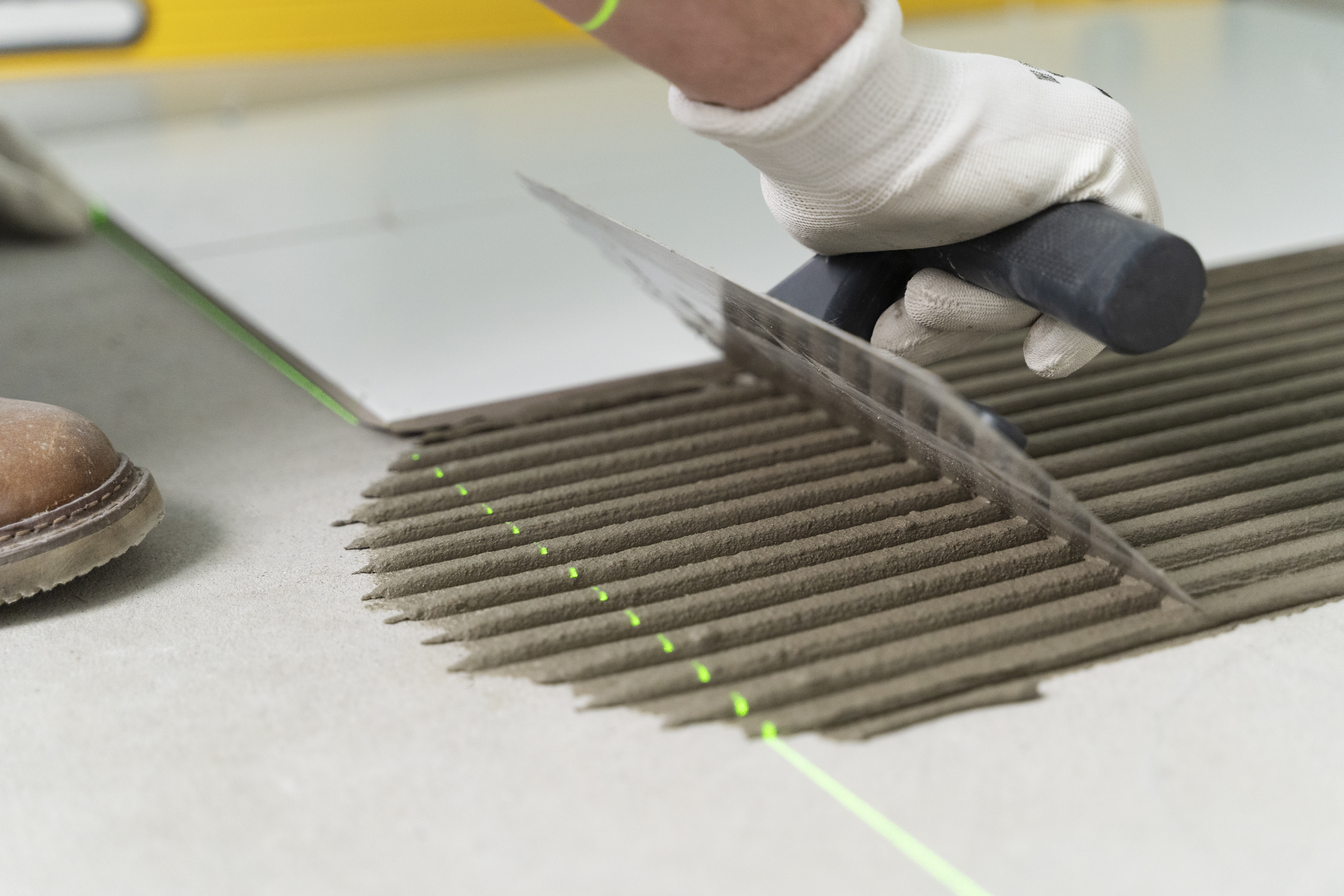
Which Type of Grout Should I Use?
| Grout Type | Suitable For | ||
| Sanded Grout | * Floors (especially high-traffic areas) * Walls with wide gaps (larger than 1/8 inch) | ||
| Unsanded Grout | * Walls (especially with narrow gaps – less than 1/8 inch) * Countertops * Backsplashes * Mosaic tile installations * Delicate tiles | ||
| Epoxy Grout | * High-traffic areas (floors, countertops) * Showers * Steam rooms * Areas prone to moisture and staining | ||
| Quartz Grout | * Countertops * Backsplashes * Decorative areas |

Why Do We Use Grout?
The process of installing tiles must include grout. It gives your tile installation more rigidity and strength, forming a solid joint that lessens any minor stresses. Unlike adhesives, which are primarily used as binders for laying tiles. The main function of using this material is to act as a filler between tiles after laying. Its main function is an aesthetic complement to the tiles. Many of them are available in endless colors to match the type of tile and natural stone.

There are a few more things to know. One of the frequent questions often people ask is: “Why do we use it”? There are five prominent reasons:
- Ceramic tile and terracotta tile are two examples of materials that are fired in a kiln. Think of a kiln as an “industrial oven” of sorts. Continuing that analogy, imagine the tiles are similar to cookies in your oven. The size and shape that go in are not exactly what comes out. So, grout is what fills the open spaces, or joints, that are needed to align the imperfectly shaped tile.
- The grout also serves to bond, or adhere, to the tiles more precisely in the overall floor or wall assembly. You know that your tile is installed in mortar or mastic on the back or downside. It enhances the strength by further bonding side to side.
- By preventing dirt as well as debris from getting between or under your tiles, which could disturb the adhesive and cause the tiles to come loose over time, it also helps to prolong the life of your work.
- Additionally, this material can help give your floor a fantastic aesthetic. To make your tiles stand out and make a bold statement, use opposing shades of grout. As an alternative, blending grout with the tiles’ color produces a more understated effect. As an example, you can use white ceramic tile ideas with different colors of grouts!
- There are situations where the grout and its joint add to slip resistance. A classic example is a shower floor composed of 1” x 1” or 2” x 2” mosaic tile where this cementitious material every inch or two inches provides a lot of “grab”.
Let’s Talk About Color: Shine Your Grout Like A Diamond
Choosing the grout color you want to use can be a difficult choice. There are many options available, but you should also think about how your grout lines will affect the design of the room overall and how much maintenance they will require. A lighter color, for instance, may make stains in your lines more noticeable and require more upkeep to keep clean.
Darker lines can help to conceal these stains and any additional dirt buildup. On the other hand, they can also be more prone to fading and can make your room appear more “worn” sooner.
If you want your tiles’ color or pattern to catch people’s attention and command it, we advise you to help further answer the question; it is wise to talk about color. The oldest solution is the gray joint color on the terracotta floor tiles. Another approach is to blend it with the color value of the tile. White subway tile with gray grout is one of the best examples of that approach!
Lastly, is to contrast the color of the joint and the field tile. This idea may have a downside given that grout is usually “smeared” over the face of the tile in the process of working the grout into the joints. Consider what a black grout might look like if left too long on the face of your awesome white ceramic tile. White subway tile with black grout is one of the most attractive interior design ideas of this year!
Thank you very much for reading! At Country Floors, we enjoy informing you about how to keep your tiles healthy and maintain your natural stone tiles! Do you need any extra info or suggestions from our experienced team? Get in touch now and let’s talk about what a grout is!
FAQs: All You Need To Know About Grout
Grout may seem simple, but it can spark a few questions. Here are some quick answers to keep your tiled paradise sparkling:
1. How long does grout take to dry?
- Generally, grout takes 24-72 hours to dry completely. But patience is key! Wait at least 3-7 days before exposing it to water to ensure a proper cure.

2. How to clean grout on a tile floor?
- For everyday cleaning, a mix of warm water and vinegar is your best friend. For tougher stains, consider a grout cleaner specifically designed for your grout type. Remember, a gentle touch is best to avoid damaging the grout.

3. Can you grout over grout?
- No! Grout needs a clean, solid surface to bond to. Removing existing grout is the best approach before re-grouting for a successful and long-lasting finish.

4. How to grout a backsplash?
- Grouting a backsplash is similar to other tiling projects but on a smaller scale! Use unsanded grout for a smooth, seamless look, and work in small sections for better control.

5. How to remove grout?
- Removing grout can be tricky. For small mistakes, a grout removal tool might work. For larger areas, consulting a professional is recommended to avoid damaging the tiles.
